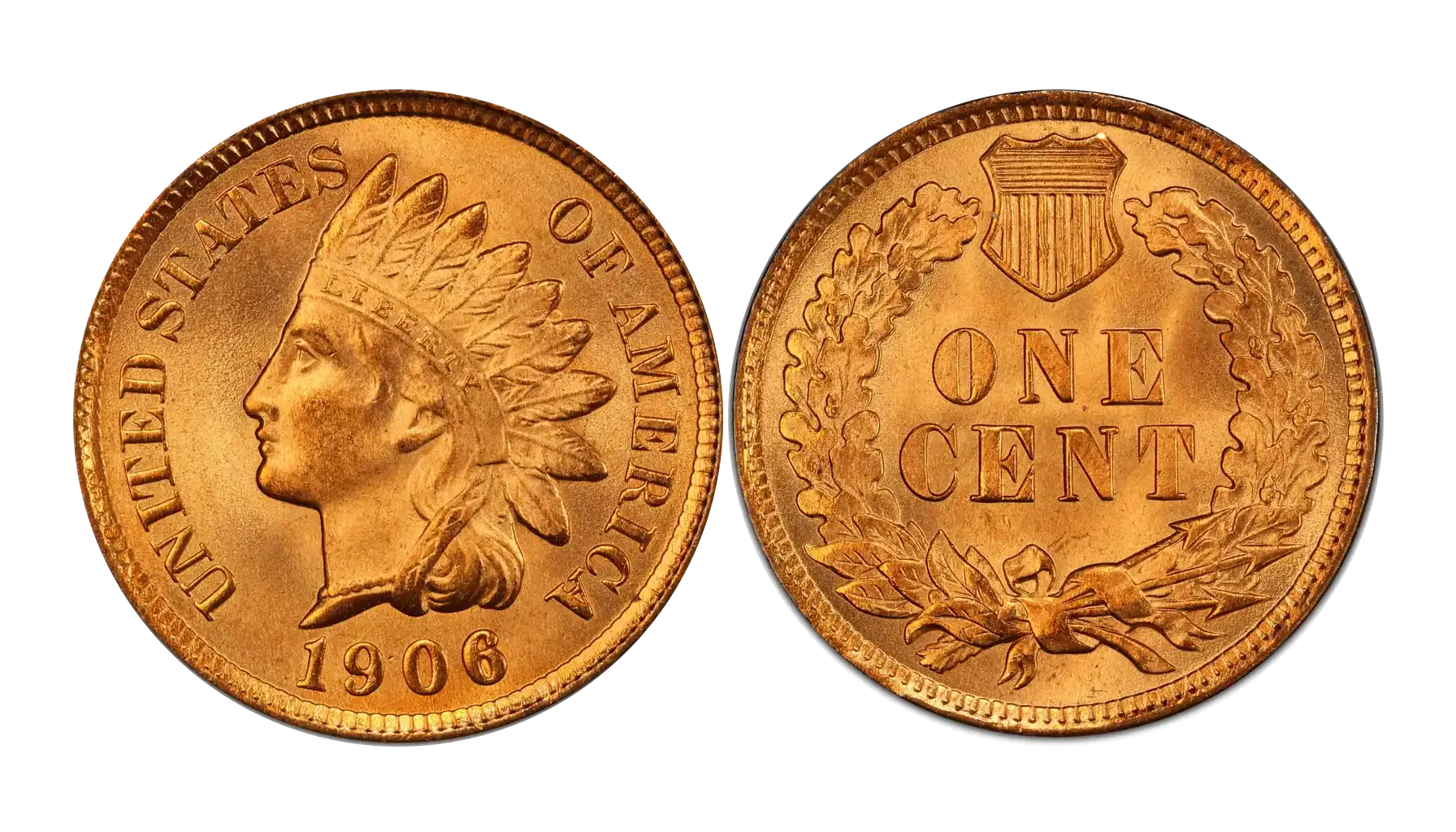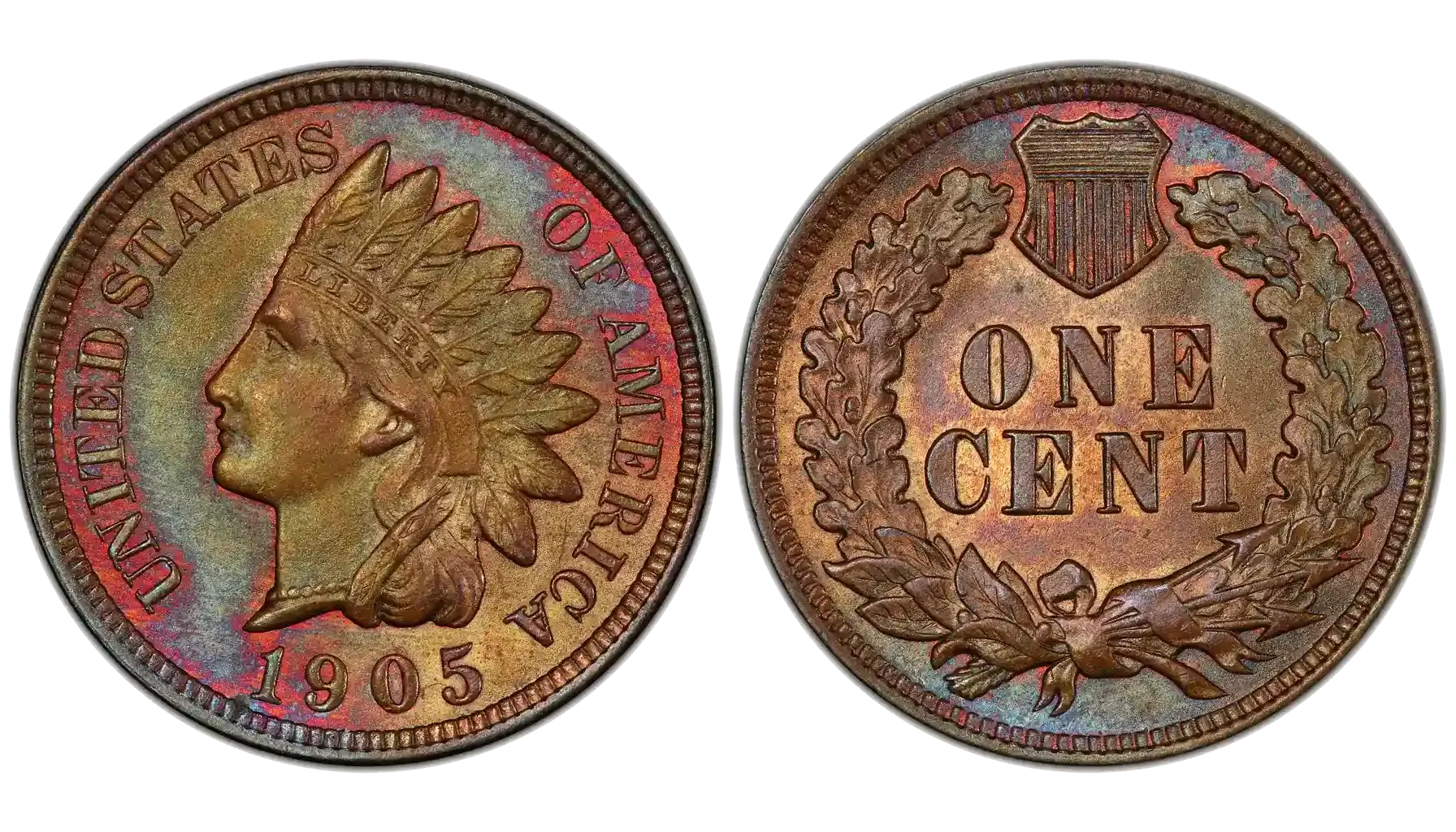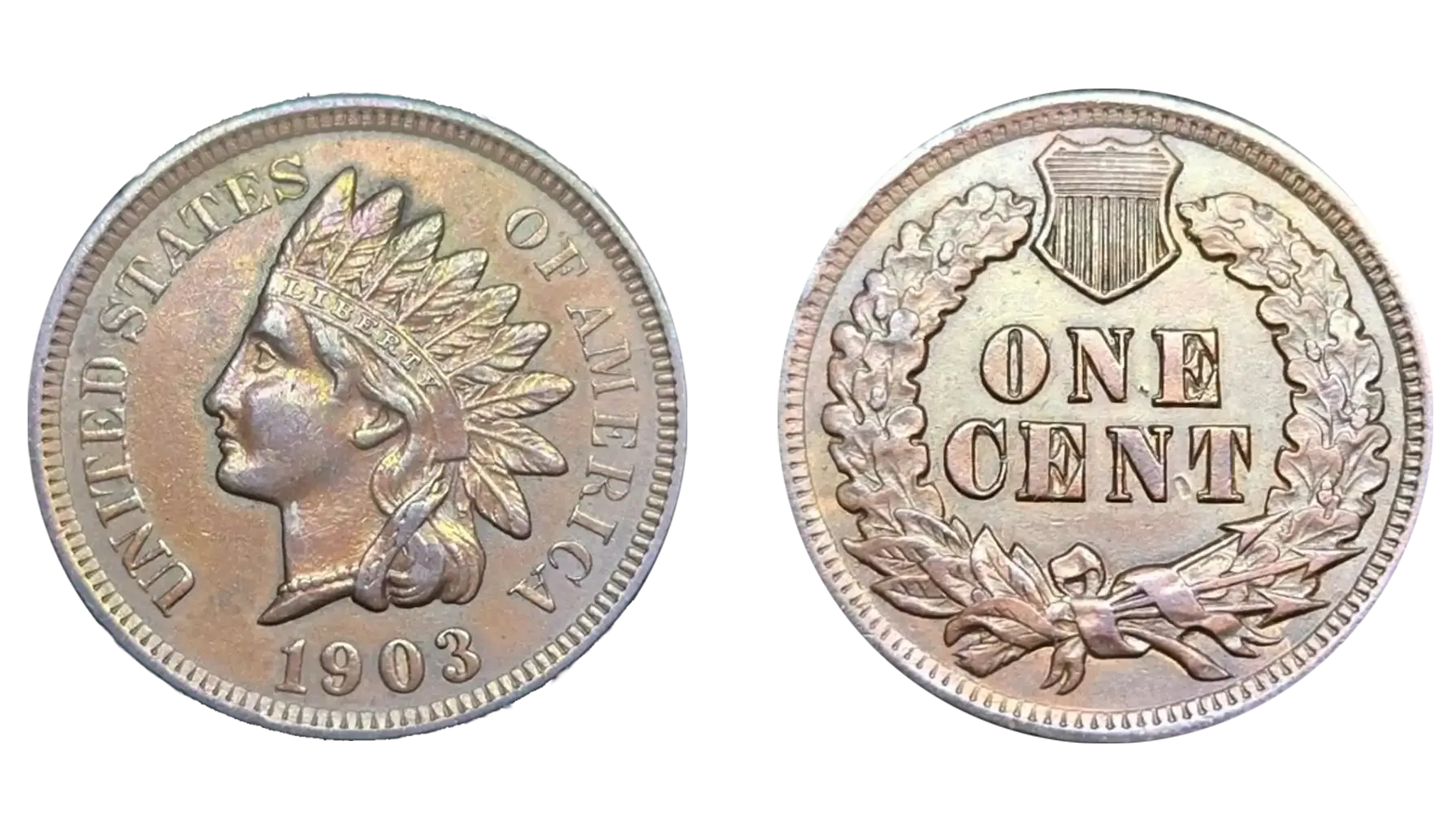Contents:
All Lincoln pennies are iconic and popular not only among big collectors but among common people too. Why wouldn’t the Lincoln series be popular? The design is simple and striking, and the number of varieties makes almost every piece unique.
How much is a 1961 penny worth? We’ll observe the value of this coin throughout many mint and error varieties.
Check coin value of this and many other coins without any appraisers!
1961 Lincoln Penny Design
A 1961 penny was one of the first editions with a new memorial design. The obverse with Abraham Lincoln (designed by Victor D. Brenner) has stayed the same ever since 1909.
What’s new is the Lincoln Memorial design by Frank Gasparro. The mint started using it in 1959. The 1960 Lincoln Penny inherited the design, then 1961, and they kept that design until 2008.
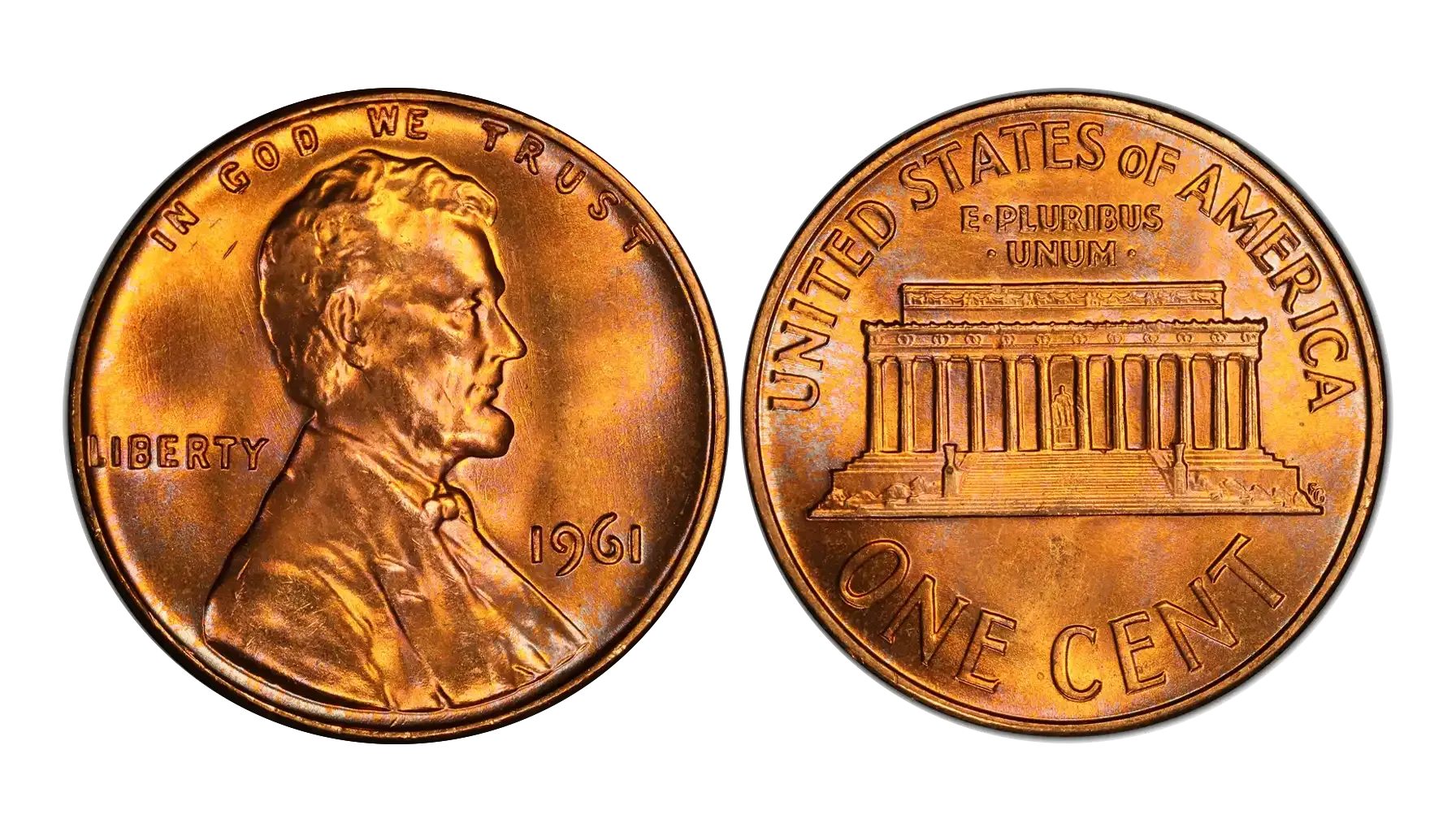
Obverse: A portrait of Abraham Lincoln. An inscription "IN GOD WE TRUST" appears along the upper rim above Lincoln’s head. The words "LIBERTY" are located to the left of Lincoln’s portrait. The date ("1961") is found to the right of Lincoln’s profile.
Reverse: A detailed depiction of the Lincoln Memorial in Washington, D.C. The inscription "UNITED STATES OF AMERICA" arches along the top rim. "E PLURIBUS UNUM" is positioned just above the memorial building in smaller letters. The denomination "ONE CENT" in bold lettering is centered below the memorial.
The main characteristics of the 1961 Lincoln cent | |
Country | United States |
Years of Minting | 1959-2008 (Memorial reverse) |
Type: | Standard circulation |
Shape: | Round |
Composition and metal content | Bronze (95% Copper, 5% Zinc) |
Diameter | 19 mm |
Weight | 3.11 grams |
The Mints | United States Mint of Denver, United States Mint of Philadelphia |
1961 Cent Varieties
Usually, coins are divided according to their mint marks, and the 1961 Lincoln piece is not an exception. The 1961 Lincoln cent was minted in two U.S. Mints, and it comes with the following mint marks:
No mint mark: Philadelphia Mint facility.
D mint mark: Denver Mint facility.
Interestingly, this coin has no S-mint mark. The San Francisco Mint was not producing regular circulation cents in 1961.
Another variety that people think exists but actually doesn’t is the 1961 silver penny. Silver coins existed before 1965 in large quantities, but they were not pennies. The 1965 silver dime was the last mass-produced silver piece.
1961 Penny No Mint Mark Value
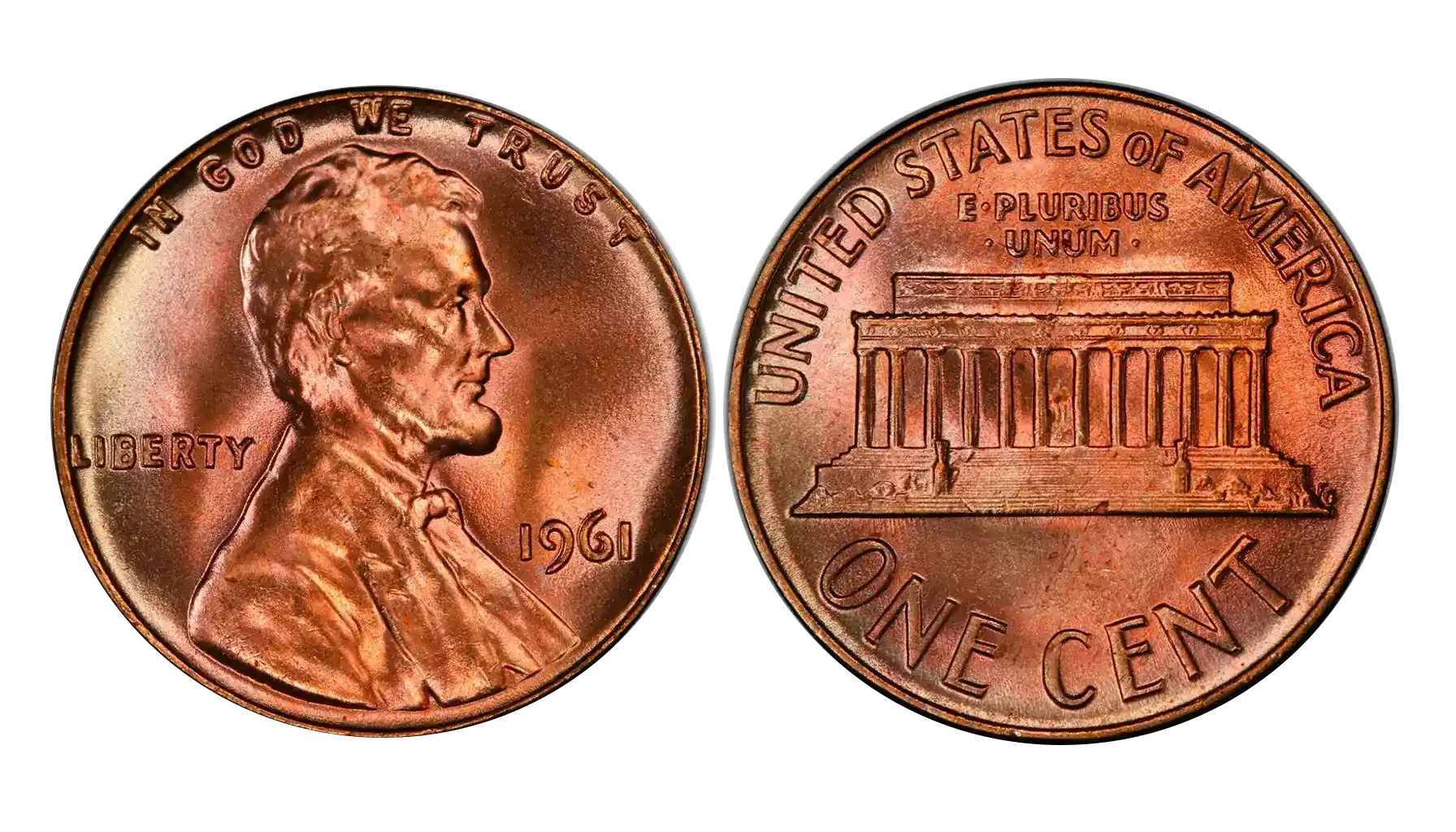
How to identify: No mint mark on the obverse under the date.
Mintage: 753,345,000.
Estimated Value: $0.05 to $1 in circulated condition. The 1961 penny value no mint mark is generally low due to copper composition and relatively modern mintage.
The Philadelphia Mint, being the original mint, often struck a wider variety of denominations. Usually, they made the biggest mintages, but in 1961, no mint mark penny became an exception.
1961 D Penny Value
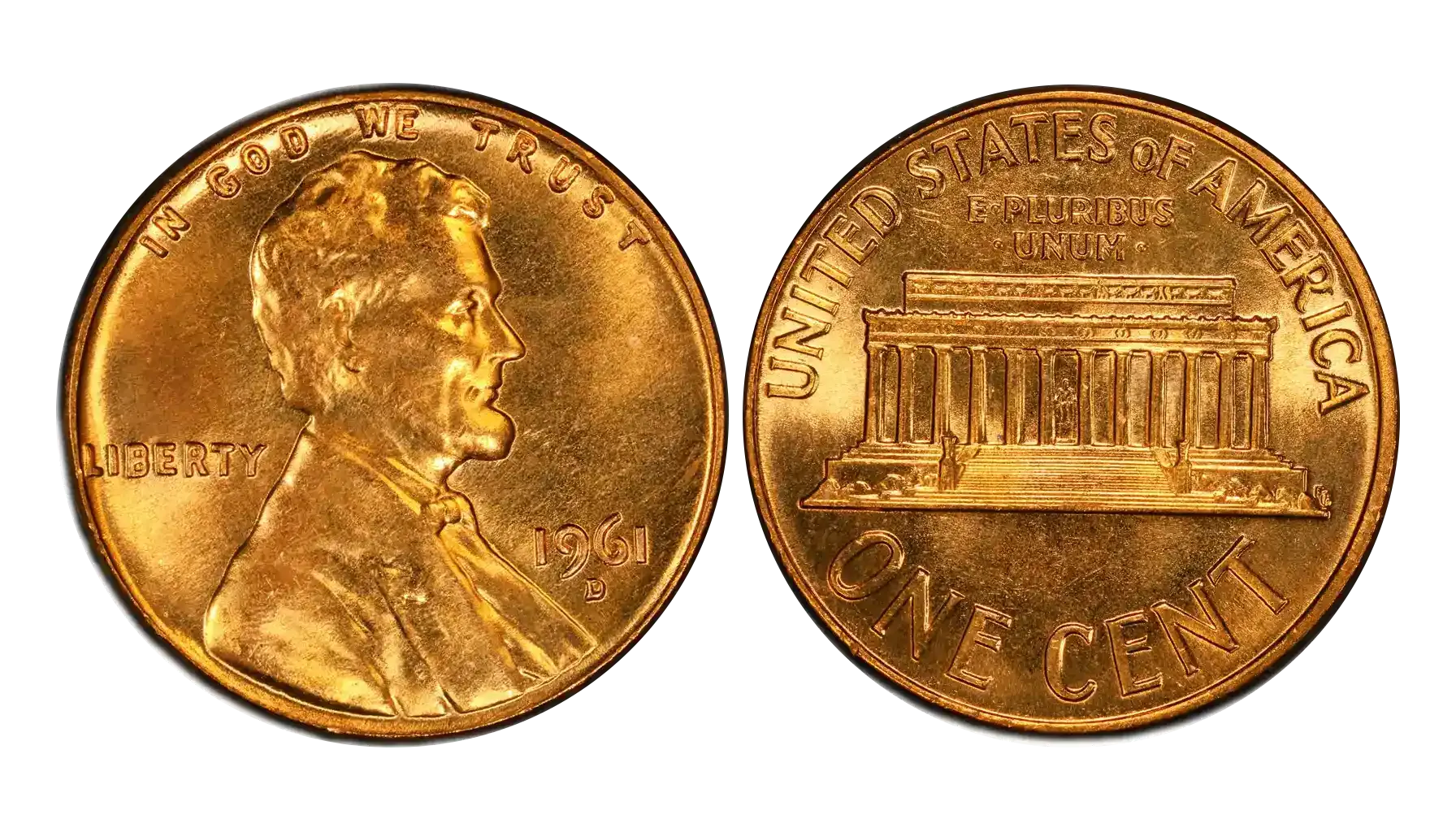
How to identify: Look at the obverse side. There should be a “D” mint mark under the date.
Mintage: 1,753,266,700.
Estimated Value: $0.05 to $1 in circulated condition. 1961 penny D has a similar value to the Philadelphia coin.
The Denver Mint surprisingly made the most pennies in 1961. There could be many reasons why that happened, but the most likely reason is that the West Side, where the Denver Mint stood, had rapid growth at that time.
1961 Proof Penny
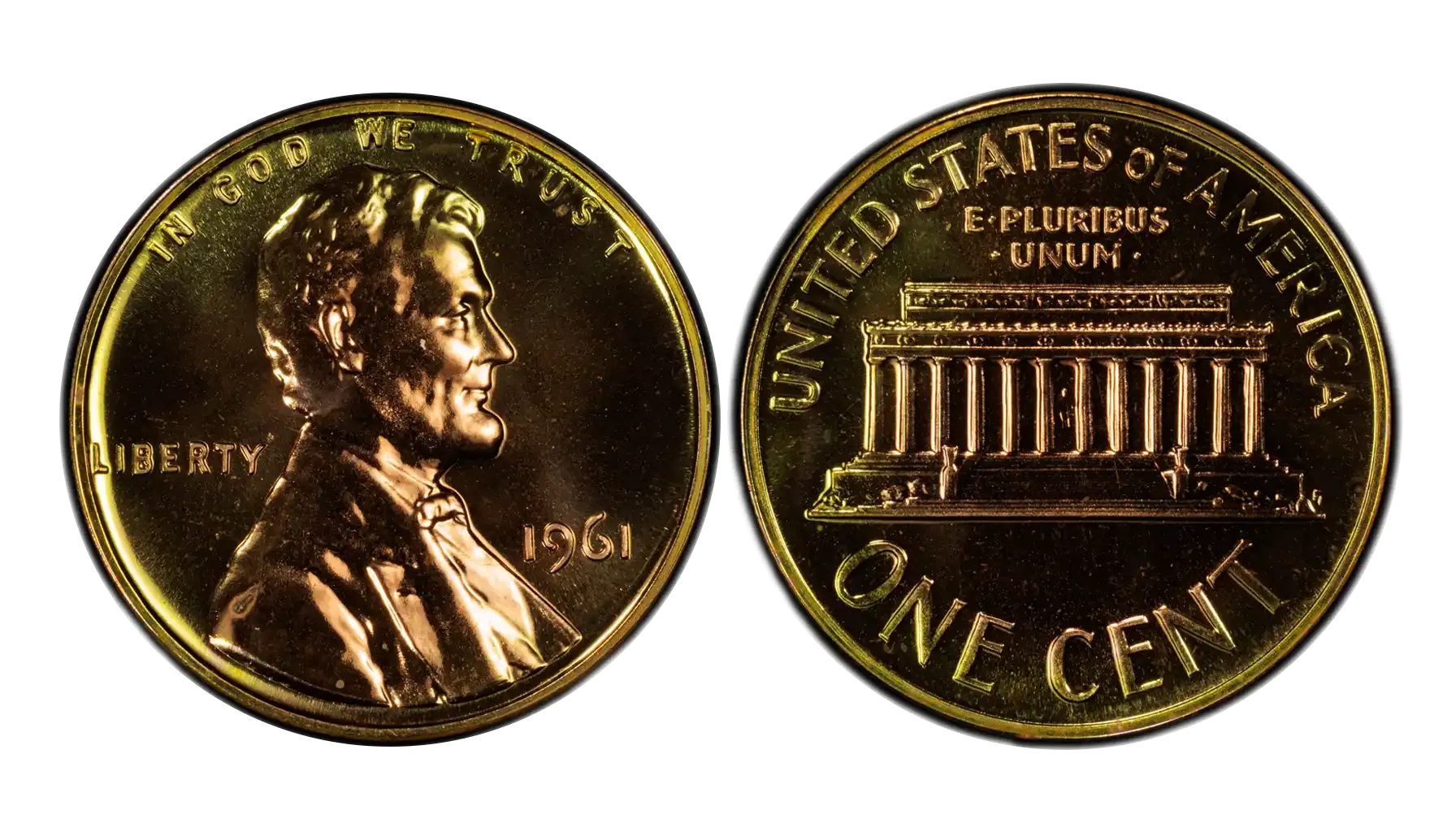
How to identify: Has no mint mark. Features mirror-like fields and frosted devices.
Mintage: 3,028,244.
Estimated Value: $16+. The 1961 proof penny value is higher than other counterparts.
A prof coin is a collectible version of the regular 1961 penny, specially struck for collectors using high-quality minting techniques. Usually, those came from San-Francisco and bore an “S” mint mark, but this particular mintage came from the Philadelphia mint.
1961 Penny Error List with Pictures
Errors make any coin valuable, despite its grade or mint mark.
Yet, not all errors are created equal. We’ll look at the most prominent errors and their values. 1961 penny error photos are included in the list.
Off-Center Strike
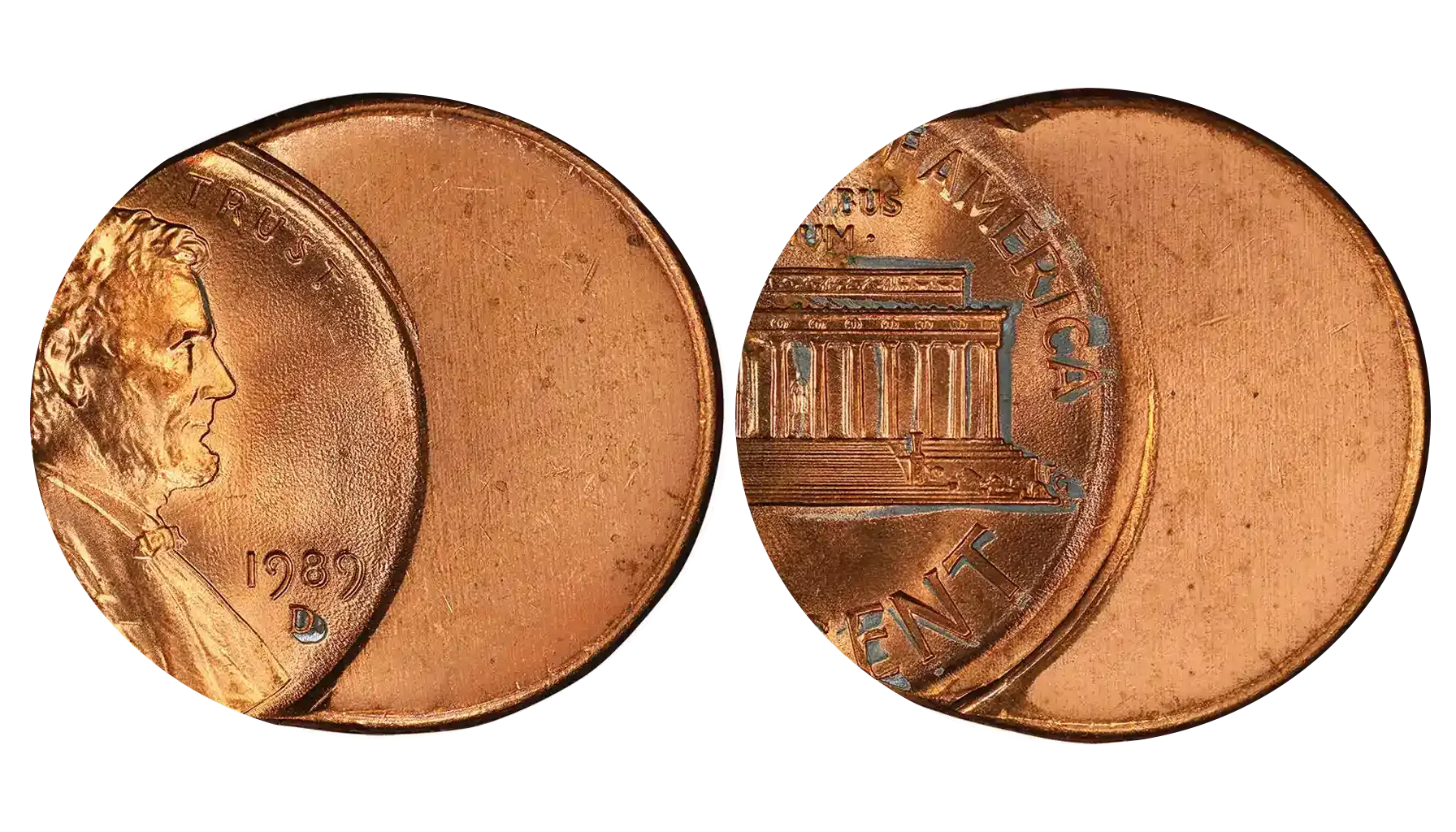
How to identify: Part of the design is missing, usually shifted to the side.
Estimated Value: $50–$300+, depending on how drastic the shift is.
Error Cause: The Coin was not properly centered in the press.
Clipped Planchet

How to identify: A small curved or straight chunk is missing from the edge.
Estimated Value: $10 – $100+.
Error Cause: Improperly aligned planchet during the strike.
Repunched Mint Mark (RPM)
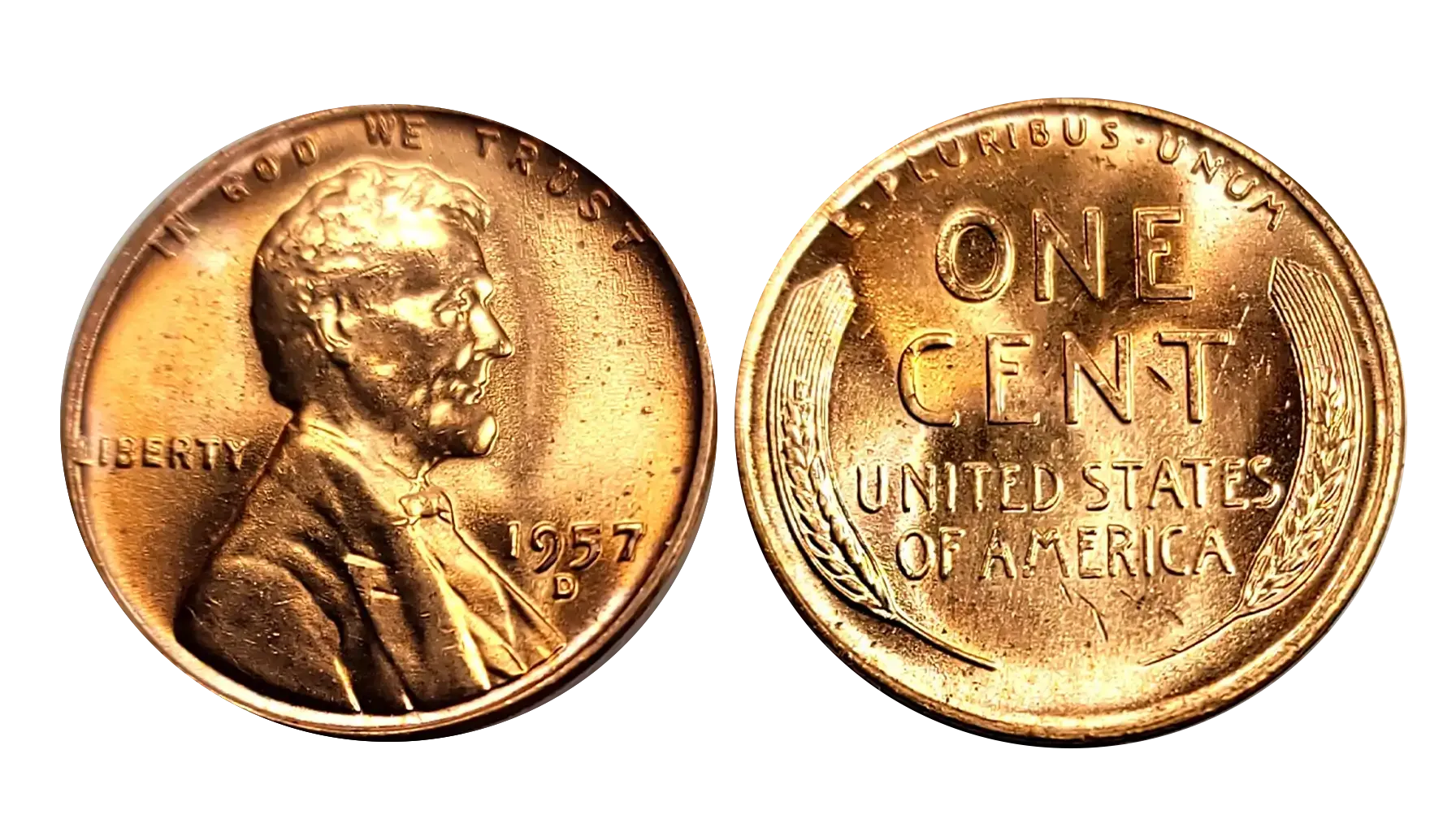
How to identify: Look for a second faint “D” under or beside the primary D.
Estimated Value: $15 – $100+.
Error Cause: The Mint mark is punched more than once.
This error is exclusive to Denver-made pieces. It often appears on the 1961 D penny error list with pictures.
Double Die Obverse (DDO)
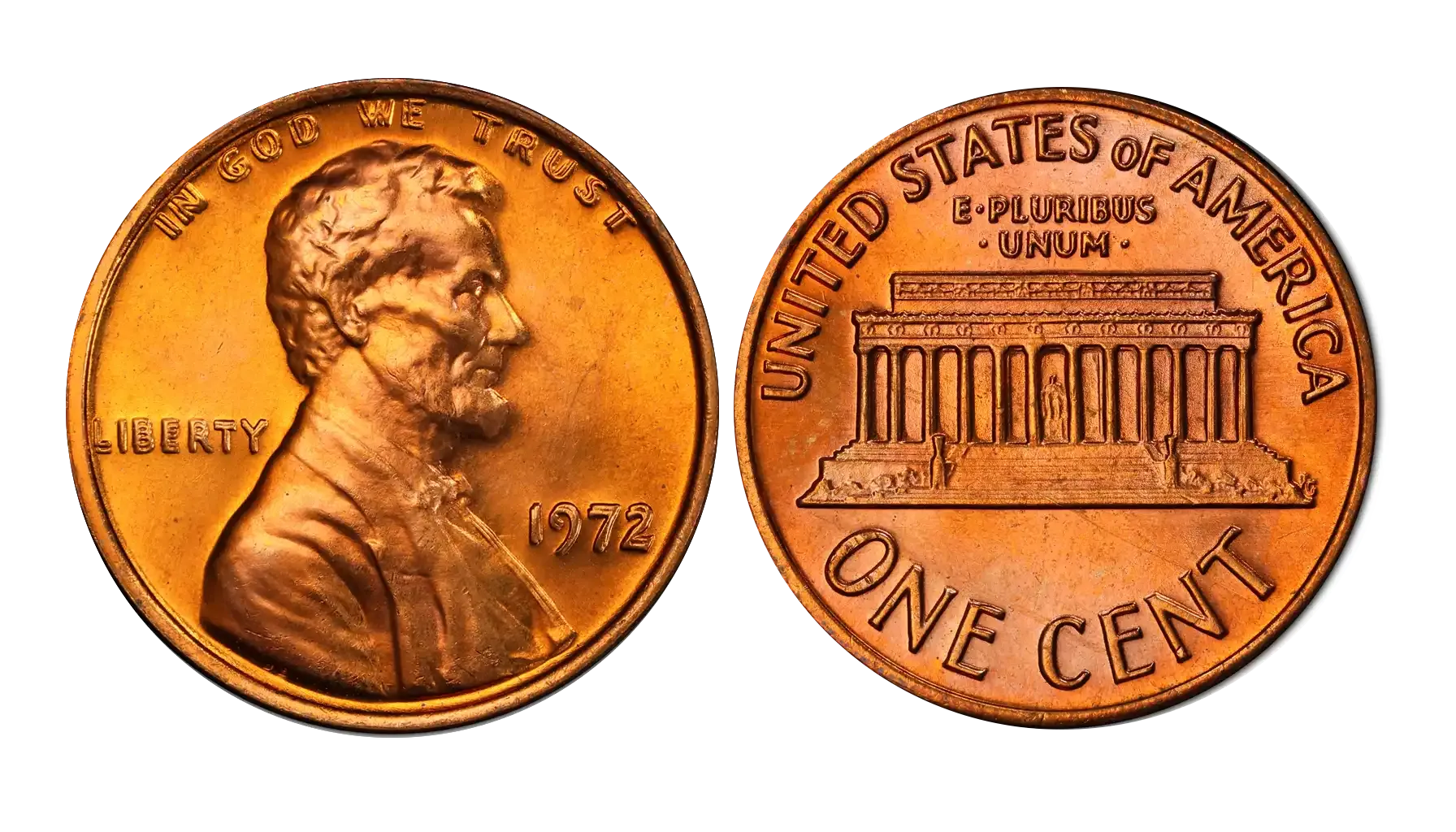
How to identify: Doubling on "LIBERTY", "IN GOD WE TRUST", or the date.
Estimated Value: $200+. Some were sold for $1.700+.
Error Cause: Misalignment during hubbing of the die.
Double dies are hard to notice, and the error itself is quite rare. On the other hand, it makes a piece especially valuable. This example has a doubling of "IN GOD WE TRUST" inscription.
1961 Penny Grading
Grading is the last piece of the puzzle we need to know the 1961 penny value. Grading is what determines if your coin enters a rare penny list or stays with other, common pieces.
The better preserved the piece is, the higher its grade and value.
Grade | Grade Code | Description |
Poor | PO-1 | Barely identifiable, heavily worn. |
Fair | FR-2 | Rim barely visible, most details smooth. |
About Good | AG-3 | Date and major features are visible, but very worn. |
Good | G-4 to G-6 | Lincoln’s outline is visible, very worn, with faint lettering. |
Very Good | VG-8 to VG-10 | Letters are clear but flat; Lincoln is more visible. |
Fine | F-12 to F-15 | Moderate wear, all letters and design visible. |
Very Fine | VF-20 to VF-35 | Light even wear, most details still sharp. |
Extremely Fine | EF-40 to EF-45 | Minor wear on highest points (hair, jaw), fields clean. |
About Uncirculated | AU-50 to AU-58 | Slight trace of wear, almost mint-state. |
Mint State | MS-60 to MS-63 | Uncirculated, minor marks, or dull luster. |
Choice Uncirculated | MS-64 to MS-65 | Bright luster, very few small contact marks. |
Gem Uncirculated | MS-66 to MS-67+ | Near-perfect, very sharp with glowing luster. |
Proof (1961 only) | PR60 – PR70 | Specially struck for collectors, mirror-like surface. |
1961 Penny Value
Time to see the value of the iconic 1961 Lincoln penny.
Type | Condition / Grade | Estimated Value (USD) |
1961 (No Mint Mark) | Circulated | $0.10 – $1 |
Uncirculated (MS60–MS63) | $1 – $20+ | |
Choice (MS64–MS66+) | $50 – $150+ | |
1961-D (Denver Mint) | Circulated | $0.10 – $1 |
Uncirculated (MS60–MS63) | $1 – $20+ | |
Choice (MS64–MS66+) | $50 – $150+ | |
1961 Proof (Philadelphia) | Standard Proof (PR60–64) | $1 – $5 |
High Grade (PR65–PR67) | $5 – $20 | |
Cameo Proof | $20 – $75+ | |
Deep Cameo (DCAM) | $50 – $200+ |
Remember that we couldn’t include 1961 penny errors in the table because each error offers a different case. Who knows, maybe there’s a million dollar 1961 penny out there with an excellent grade and a rare error.
Coin ID Scanner
If you have other coin sets in your collection, one app might help in identifying them. Coin ID Scanner.
The app offers AI recognition of almost any coinage with a database of over 150,000 coins. You just upload a photo, and the app identifies the country, denomination, composition, mint date, value estimates, and history of your collectible.
Coin ID Scanner also has many blogs and guides about collecting and selling pieces, as well as numismatic news.
If you’re interested, you can download Coin ID Scanner for free on iOS/Android.

